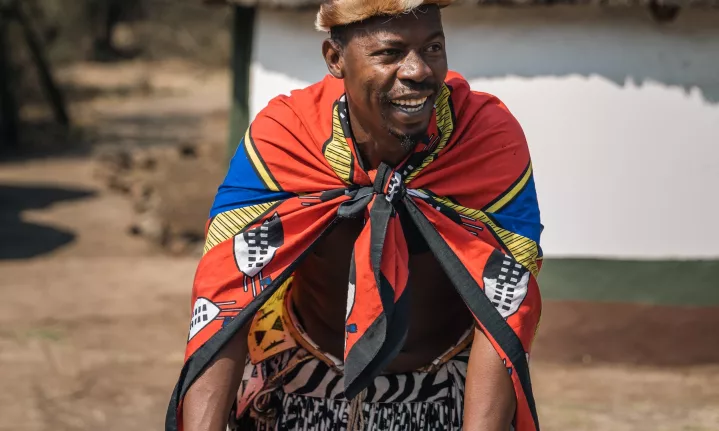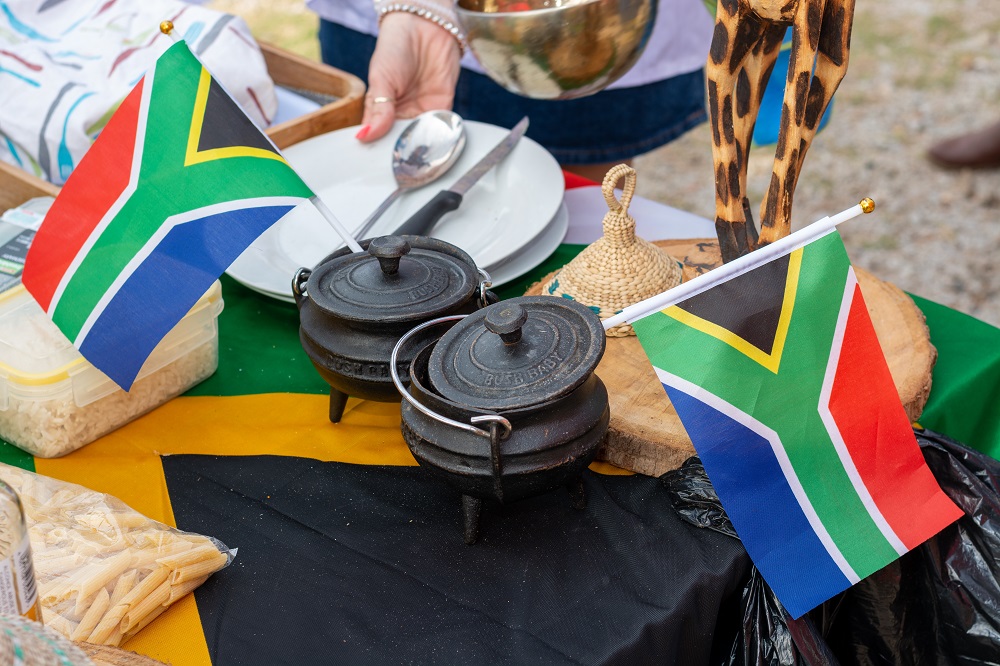3 Simple Techniques For South African Culture Today
Table of Contents8 Simple Techniques For South African Culture TodayHow South African Culture Today can Save You Time, Stress, and Money.South African Culture Today for DummiesThe Of South African Culture TodayThe Main Principles Of South African Culture Today All About South African Culture Today
This follows with singing and drum pounding. The couple after that consult with the elders and talk about the relevance of their union. A matter of relevance in Zambian towns is the passing away of loved ones. All members of the town put money, time and effort with each other for the interment of the deceased.During the mourning period; men remain outside your home and the females stay inside the home of the deceased. After speaking about the departed, the village strolls to the place of burial to state their last bye-byes. Music and dancing is a very important element of the Zambian culture. The different tribal systems have their very own dancing forms; however, makishi prevails among all tribes.
The Best Strategy To Use For South African Culture Today
When it concerns songs, drums are made use of one of the most, with a range of drumming ceremonies. In Zambia, majority of individuals are Christian; Protestant and Roman Catholic. There are small teams of Muslims and Hindus, with the rest following local indigenous tribal beliefs.

South African heritage and culture is greatly diverse, and contains various groups of individuals that each have their own traditions and beliefs. Having such a diversity of people and societies is what makes South Africa so distinct. In real feeling of the phrase, we are a rainbow country.
South Africa has roughly three hundred thousand Portuguese individuals residing in it. Making it the 7th on the listing of nations with the most Portuguese people in it beyond Portugal. Portuguese is not just a society, yet it is likewise a language and a race. Portuguese people stem from the nation of Portugal in Europe, however, because of Portugal (like several other countries in Europe) discovering the globe and overcoming various other countries during the 15th 20th centuries, South Africa has what we call Portuguese South African's living in it.
South African Culture Today Fundamentals Explained
Among the noticeable attributes of the topography is a plateau that covers almost two thirds of the facility of the nation. The plateau facility increases towards the southeast, where it culminates in the Drakensberg range, component of an escarpment that divides the plateau from the coastal areas. The Drakensburg includes Champagne Castle, the greatest top in the nation.
The region north of the Witwatersrand, called the bushveld, inclines downward from eastern to west towards the Limpopo River, which develops the global boundary. The western section of the plateau, the middleveld, additionally comes down in the direction of the west and differs in elevation between the highveld and bushveld. Between the Drakensburg and the eastern and southerly coast, the land comes down to the sea.
Nearer the shore there is a low-lying plain called the eastern lowveld. Southwest of the plateau the country becomes considerably much more dry, providing way to the hostile desert of the Great Karroo, bordered on the east by the lower, better sprinkled plateau of the Little Karroo. Dividing the dry southerly interior from the sandy littoral of the southern shore and West Cape is another variety, the Langeberg.
Some Known Questions About South African Culture Today.
The country's racially, ethnically, and politically separated history has actually generated nationwide and subnational signs that still work as symbols of the nation, and others icons that are approved only by certain groups. The monuments to white inhabitant occupation and political dominance, such as the Afrikaner Voortrekker ("pioneer") Monolith in Pretoria and the Rhodes Monument honoring the British colonial realm builder and Cape prime preacher Cecil Rhodes, stay sectarian signs.
The first modern inhabitants were the San ("bushman") hunter-gatherers and the Khoi ("Hottentot") peoples, who herded livestock (South African culture today). The San might have been present for countless years and left proof of their presence in hundreds of ancient cave paints ("rock art"). Bantu-speaking clans that were the ancestors of the Nguni (today's amaZulu, amaXhosa, amaSwazi, and vaTsonga individuals) and Tswana-Sotho language teams (today's Batswana and Southern and Northern Basotho) moved below eastern Africa as early as the fifteenth century

The two previous republics of the Orange Free State and Transvaal (South African Republic) were established by Afrikaner settlers who defeated and dispossessed the Basotho and Batswana. Lesotho would have been forcibly integrated right into the Orange Free State without the expansion of British defense in 1869. The best unification of the country resulted from the South African Battle (18991902) in between the British and the two Afrikaner republics, which reduced the country to mess up at the beginning Go Here of the twentieth century.
Afrikaners historically considered themselves the just real South Africans and, while granting full citizenship to all citizens of European descent, denied that condition to individuals of shade up until the autonomous transition of 1994. British South Africans keep a sense of social and social connection to Great Britain without compromising their identity as South Africans.
An Unbiased View of South African Culture Today
The variety and fragmentation within ethnic groups and the equilibrium of tensions in between those groups throughout the twentieth century prevented interethnic civil dispute. While intergroup tensions over resources, entitlements, and political prominence remain, those conflicts are as likely to match Zulu against Zulu as Zulu against Xhosa or African versus Afrikaner.
From colonial India, British merchants and administrators brought the rounded steel decorative roof coverings and slim lace job columns that still symbolize the terraces of homes in the areas and cities throughout the country. Residences of worship contribute a vital architectural element also in the smallest communities. Along with the skyrocketing steeples and traditional stonework of Afrikaans Dutch Reformed churches, Anglican churches, synagogues, mosques, and Hindu shrines supply variety to the spiritual building scene.

Slaughtering and the developing of typical cereal beer are essential in safeguarding the participation and a good reputation of the forefathers that are considered the guardians of good lot of money, prosperity, and health. Indian communities maintain their indigenous culinary traditions and apply them on Islamic and Hindu ritual and ritualistic events. Afrikaners see here now and Coloured people collect at weekends and special events at multifamily barbecues called braais, where area bonds are strengthened.
Due to the fact that this was the primary financial enterprise of both black Africans and white homesteaders, problem in between those groups focused on the possession of grazing land and livestock. In 1867, the biggest diamond down payments in the world were found at Kimberley in the west central location. The wealth from those areas helped fund the exploitation of the best gold reef on the planet, which was found on the Witwatersrand in 1886.
Our South African Culture Today Statements
This brought about misconceptions and intentional misrepresentation in the ventures of white settlers and government authorities with African click this site chiefs during the early american period (South African culture today). In the facility of African books, some facets of communal and primarily "tribal trust fund" land period were maintained, and also in white country locations, types of common tenure were still practiced in areas with African communities
After the democratic transformation of 1994, programs for land restitution, redistribution, and reform were instituted, however development has actually been slow. The white minority still manages eighty percent of the land. Following agricultural land invasions in Zimbabwe, the Department of Land Matters has promised to speed land redistribution.